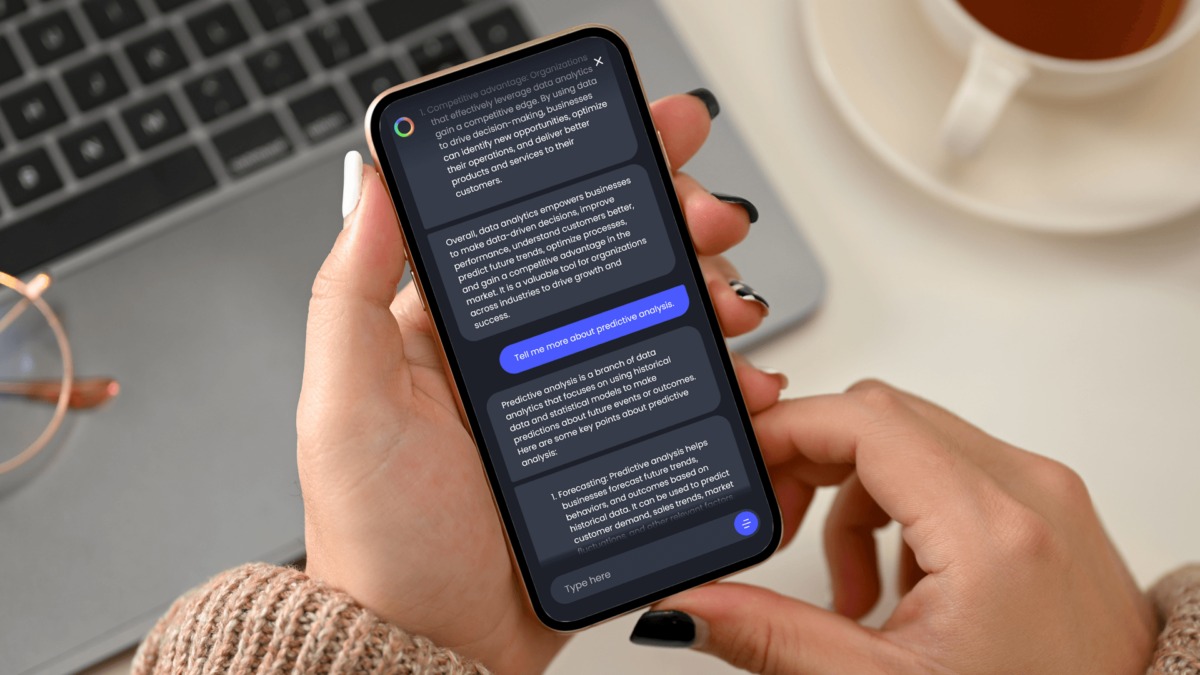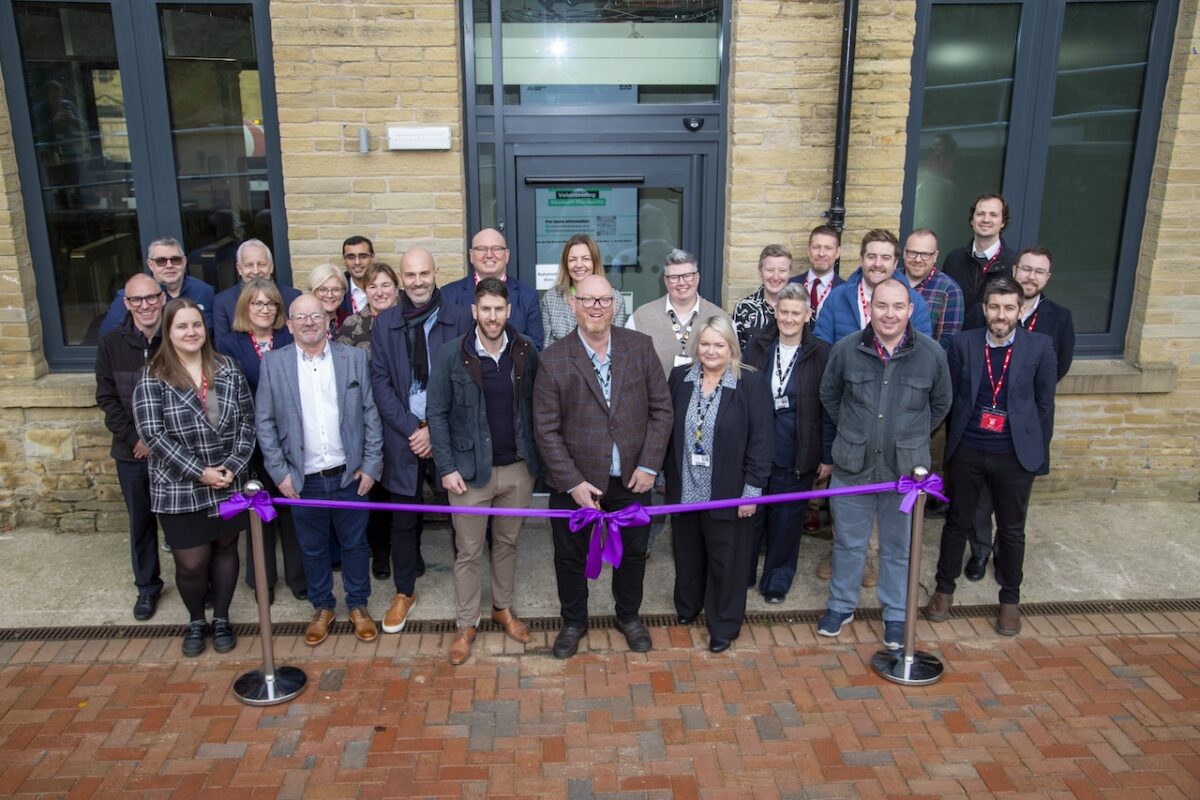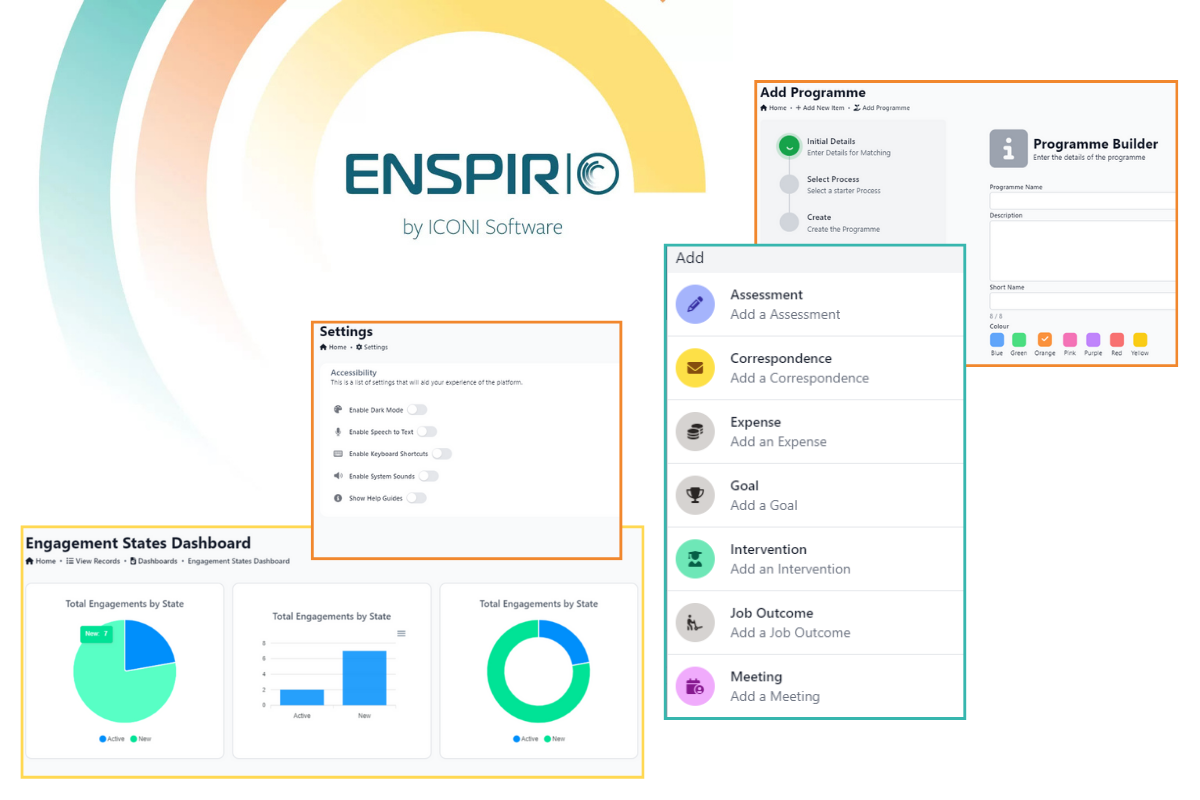Understanding ChatGPT: AI’s latest offering for asset management

In an era where artificial intelligence (AI) has permeated every facet of the business world, businesses are constantly seeking innovative ways to leverage AI to gain a competitive edge. OpenAI’s ChatGPT has gained considerable attention in recent months due to its versatility, intelligence and ability to engage in human-like conversations.
Primarily known for its natural language processing abilities, the applications of ChatGPT extend far beyond conversation, reaching into crucial business operations such as asset management. While the reception to ChatGPT has been both positive and negative, it is undeniable that the technology possesses intricacies and capabilities that will transform business processes, particularly in the field of asset management and it is important that businesses truly know the potential power of ChatGPT in improving their asset management practices.
This article will explore the innovative intersection of ChatGPT and asset management, providing an in-depth understanding of how ChatGPT can be integrated with asset management systems to streamline processes, increase efficiently and ultimately enhance the overall value derived from businesses assets. This article will delve into the substantial benefits that ChatGPT brings to a company’s asset management practices, opening new avenues for operational efficiency and strategic decision making.
Understanding ChatGPT
ChatGPT (Generative Pre-trained Transformer) currently has 1.16 billion users, depicting an increase of 55% from February 2023 to March 2023. It employs machine learning to generate text that mimics human conversation. Having been trained on a vast array of internet text, ChatGPT can predict the next word in a sentence based on its predecessors, thereby generating contextually accurate and coherent responses. This unique capability makes it a valuable tool for various applications such as responding to inquiries to facilitating customer service and overseeing assets.
Why Asset Management is Crucial to Business Success
Asset management is the systematic process that entails the managing, monitoring and tracking of a company’s assets in a cost-effective manner. Assets may be tangible, such as machinery, equipment and vehicles, or intangible such as software. Effective asset management serves as the backbone of any successful business, whether large or small. A robust asset management strategy empowers businesses to make well-informed decisions based on their assets such as when to replace assets nearing their end of their productive life-cycle, where to allocate assets to ensure they are being used optimally and when to schedule maintenance of assets to reduce unexpected costs.
Many businesses now utilize asset management software in order to achieve effective asset management. Asset management software automates the process of tracking and managing physical and digital assets, reducing the potential for human error and freeing up valuable time. It also provides real-time visibility into asset performance, allows for predictive maintenance to prevent costly breakdowns and unexpected maintenance costs. In essence, businesses employ asset management software to streamline operations and make more data-driven decisions, leading to enhanced operational efficiency and profitability.
Integrating ChatGPT with Asset Management Systems
To fully appreciate the potential of ChatGPT within asset management, it is important to understand this intersection and how it works. At the surface, this intersection is facilitated by the use of plugins within the ChatGPT program. These plugins act as a dynamic link between ChatGPT’s sophisticated language processing capabilities and the operational functionality of asset management software. This dynamic link allows ChatGPT to access data stored in the asset management software meaning it becomes proficient in understanding and executing tasks related to asset management. With this, it also enables the chatbot to comprehend and respond to user queries or requests in the context of asset management.
The Key Benefits of utilising ChatGPT for Asset Management
The integration of ChatGPT into a business’s asset management practice benefits the organisation in multiple ways, here are just some of the primary benefits a business will receive:
- Using Conversational Interface to Efficiently Track Assets
Traditional asset management often involves manual tracking of assets, which can be time-consuming and prone to errors. ChatGPT plugins offer a user-friendly and intuitive interface, enhancing the overall asset management experience. Users can effortlessly navigate the system, retrieve asset information and perform tasks through simple conversational interactions. Recent data suggests that through utilising ChatGPT to automate tasks and obtaining information through the chatbot, users can save up to 20 hours per week. Whilst this figure will vary depending on the task, it is clear that businesses will benefit from gaining more time to complete other tasks as a result of ChatGPT’s efficiency.
In the context of [INSERT VERTICAL], Chat GPT can be integrated with Internet of Things (IoT) sensors and RFID tags to track the real-time location and status of inventory items. Employees simply just need to ask ChatGPT where a particular asset is or its condition and that chatbot will provide the information immediately. This feature means employees have on-demand, real-time information about all available assets at their fingertips, all through a simple input into the chatbot.
- Intelligent Insights and Recommendations Relating to Predictive Maintenance
ChatGPT plugins used with an asset management software can also analyse asset usage patterns and predict when maintenance or replacements may be required. For example in [INSERT VERTICAL], using ChatGPT plugins with an asset management software can allow the business to monitor the performance of [INSERT TECH] and identify early signs of wear and degradation. By leveraging the power of natural language processing and machine learning, the plugins can analyse historical data relating to assets to generate intelligent insights and recommendations regarding maintenance schedules. This enables the business to proactively schedule maintenance or replacements meaning unexpected downtime and unexpected costs are avoided. Further, the recommendations made by the AI software can also help guide users who are unsure how to make confident data-driven decisions regarding maintenance. ChatGPT makes this information readily available whereby the business can receive information relating to any one of its assets within seconds rather than searching for the asset information manually.
- Conversational Reporting and Intelligent Insights
Should businesses decide to incorporate ChatGPT plugins into their asset management practices, they will also benefit from streamlined reporting and analysis of asset data. Due to its ability to process and interpret large volumes of data, ChatGPT can generate detailed reports on asset performance, usage, maintenance schedules, lifecycle stages and more, based on the data in the asset management software. These reports can be customised and generated at regular intervals or, even more impressively, on-demand, providing a real-time snapshot of the business’s asset portfolio. ChatGPT plugins allow businesses to retrieve this information through a simple prompt in the chatbot and the conversational capabilities of ChatGPT provides this information in a user-friendly manner.
ChatGPT’s advanced analytical capabilities can also be leveraged to mine insights from large pools of asset data. It can identify patterns and trends that could be missed during manual analysis. For example, users could ask the chatbot to identify patterns such as correlating specific maintenance practices with extended asset life or identifying underutilised assets that could be deployed elsewhere. The combination of using ChatGPT and an asset management software means businesses have a comprehensive, up-to-date understanding of their assets at their fingertips. All this information is available in response to a simple input into the chatbot therefore empowering businesses to make more informed, data-driven decisions.
Integrating ChatGPT plugins with asset management software marks a transformative step towards enhancing the asset management process for businesses. By harnessing the power of natural language processing, machine learning and real-time collaboration, businesses can further streamline asset tracking, improve their maintenance strategies and elevate the overall user experience.
Written and researched by Charlie Green, Senior Research Analyst at Comparesoft











Responses